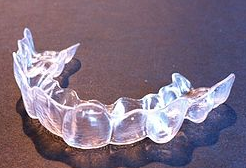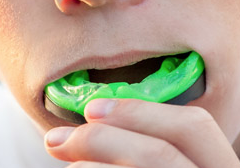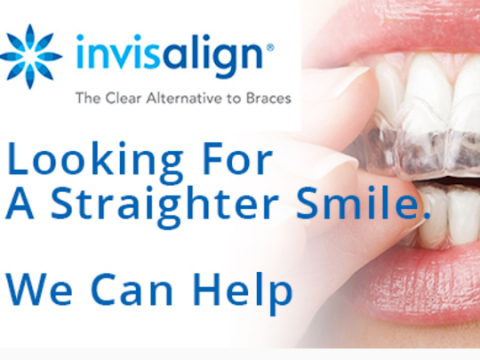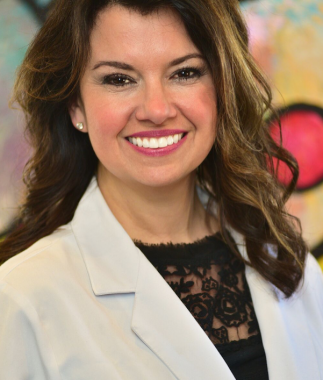While adult braces and Invisalign have become wildly popular across the nation, there are more significant reasons to straighten teeth than just achieving the perfect smile.
Here are five reasons why straight teeth will give you an oral health home run.
1. Straight teeth are easier to clean
Let’s face it. When teeth overlap and crowd together, they are a bear to clean. When teeth lean into each other they create pockets where plaque builds up and bacteria multiplies like crazy. Tooth decay occurs.

Straight, well-spaced teeth are a cinch to clean since there is room to floss and space for the toothbrush bristles to do their job. Farewell sugar residue and trapped food particles!
2. Straight teeth promote healthy gums
When teeth are in place and easy to clean, the gums are deliriously happy. They have a bacteria-free playground and chances are, they won’t get swollen, red-colored or bleed. Recent research has shown that oral infections have been associated with health problems such as diabetes, heart problems, and pneumonia. Straighten your teeth and say farewell to periodontal issues and other potential ailments!
3. Straight teeth create the environment for a proper bite
Straight teeth alleviate the problem of jaw issues that can result in excessive wear on the teeth and even breathing problems. A bad bite is called malocclusion. This condition can also be inherited or the result of excessive thumb sucking as a child. The overcrowding from crooked teeth can cause pain, tooth decay, tooth loss and gum disease. A proper bite helps alleviate or at least reduce TMJ. Temporomandibular disorder causes pain in the jaw joint and in the muscles that control jaw movement. It also the culprit behind migraines in many dental patients. Chewing can become difficult if not painful. Who doesn’t want to enjoy a good meal? Sometimes even speaking can become difficult. The overcrowding can put a lot of pressure on the jaw bone and its supporting muscles. With teeth straightening you can say farewell to jaw pain, oral disease and trouble eating!
4. Protruding or retruding teeth pose a danger
Sometimes teeth move outward or inward instead of crashing sideways into each other. Children with a protruding teeth condition are teased about having “buck teeth.” For adults, these misaligned teeth can be dangerous. The bottom teeth can cut into the roof of the mouth, causing bleeding. Protruding teeth can make the mouth more vulnerable during falls. Hitting these teeth can easily cause chipped or broken teeth and lead to even worse mouth alignment unless straightened. Farewell bullies and the fear of falling and breaking front teeth!

Invisalign aligners
5. Straight teeth Make a Healthier You
Now that you have read the above, you know that straight teeth help you maintain your gums, prevent tooth decay and preserve your teeth for a lifetime. As a child, you may have already had metal braces but your teeth moved because you thought your retainer was no longer needed. So now you are stuck with overcrowded teeth and don’t want to reverse the clock to those ugly metal braces. That’s why dentists suggest Invisalign for adults. They are made of clear, plastic aligners that are practically invisible. Few people can detect you are undergoing treatment.
Unlike metal braces, the aligners fit comfortably and are removable. This enables you to regularly brush, floss and take care of your pearly whites. The other aspect patients love is that when the aligners are out, they can munch on the foods prohibited by metal braces wearers—popcorn, caramels, nuts and gummy bears, to name a few.
As your teeth begin to straighten, your dentist will fit you with another set to further straighten your teeth. Before long, you have a terrific smile and because of the straight teeth, wonderful problem-free oral health.
Dr. Shelley Shearer is a graduate of the University of Louisville Dental School and Founder of Shearer Family and Cosmetic Dentistry in Florence, the largest all-female dental practice in Northern Kentucky.













 Florence, KY—The four dentists and staff at Shearer Family and Cosmetic Dentistry in Florence will provide free dental exams for Northern Kentucky active duty first responders as part of their Smiles for Heroes September 11 commemoration.
Florence, KY—The four dentists and staff at Shearer Family and Cosmetic Dentistry in Florence will provide free dental exams for Northern Kentucky active duty first responders as part of their Smiles for Heroes September 11 commemoration.




